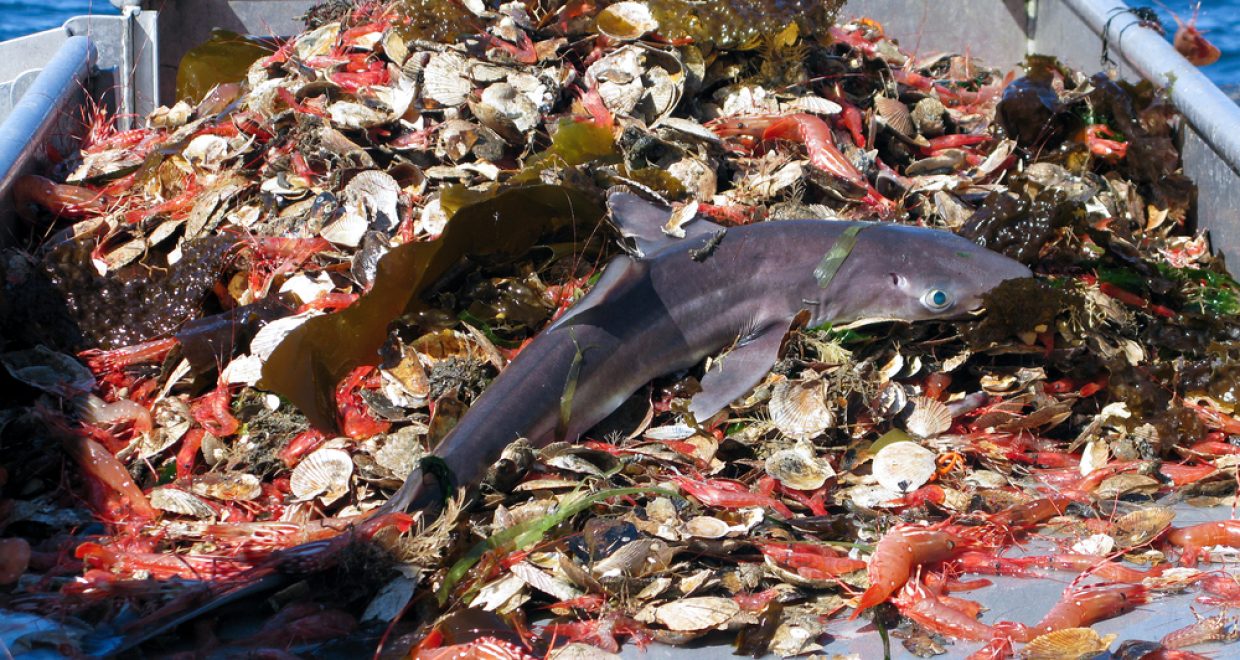Taking a bite out of fisheries impact on sharks and rays
In this blog Kelsey James’ discusses the latest Environmental Conservation EC Perspectives article on Drivers of retention and discards of elasmobranch non-target catch.
Worldwide many sharks and rays are experiencing overfishing from target fisheries. These impacts are made worse by incidental catch in other fisheries. This incidental catch is commonly retained and may be an important component of commercial yield from landed catch. Unintended catch of sharks and rays exacerbates population declines and shifts in trophic dynamics and, as a result, is a widespread concern for fisheries, and presents a formidable challenge to fisheries management. To quantify the relative magnitude and extent of shark and ray retention (landings) and discards – both of which must be included to account for total effect of fisheries – we constructed a large database of shark literature which reported these statistics across the world. Focusing on fisheries within EEZs that could be attributed to a particular country, our database included 30 countries, 306 species, and over 2000 records.
The goal of this publication was to identify patterns in retention and discards of elasmobranchs as a function of taxon, country, and gear to see if there were clear patterns to help navigate the complexity of estimating fisheries impacts. While variability in percent retained was high, we found that taxon, fishing country, and gear explained nearly 60% of the variance, suggesting that while challenging to track, even without data, we can make some inferences about the magnitude of elasmobranch capture. When we compared our estimates to global landings data of elasmobranchs from the Food and Agricultural Organization of the United Nations (FAO), we found that FAO landings may grossly underestimate (by up to 400%) total elasmobranch removals (all individuals landed and discarded, often dead).
Our work brings attention to the need to improve estimates of elasmobranch removal in order to account for both retained incidental catch and discards. While we were able to take a global look at elasmobranch removal, there are many locations where data were not available thus making further research to monitor retention and discards imperative. The other missing piece of the puzzle is survival of discarded elasmobranchs. Species and gear-specific research estimating discard survival will provide better estimates of total removals.
Kelsey James’ recent paper is published in Environmental Conservation, and is entitled ‘Drivers of retention and discards of elasmobranch non-target catch’. As the latest EC Perspectives article, it has been made freely available on the Cambridge Journals website.
Main Image Credit: Andreas Altenburger ‘Young shark as bycatch in industrial fishing, this specimen was released back into the water’






